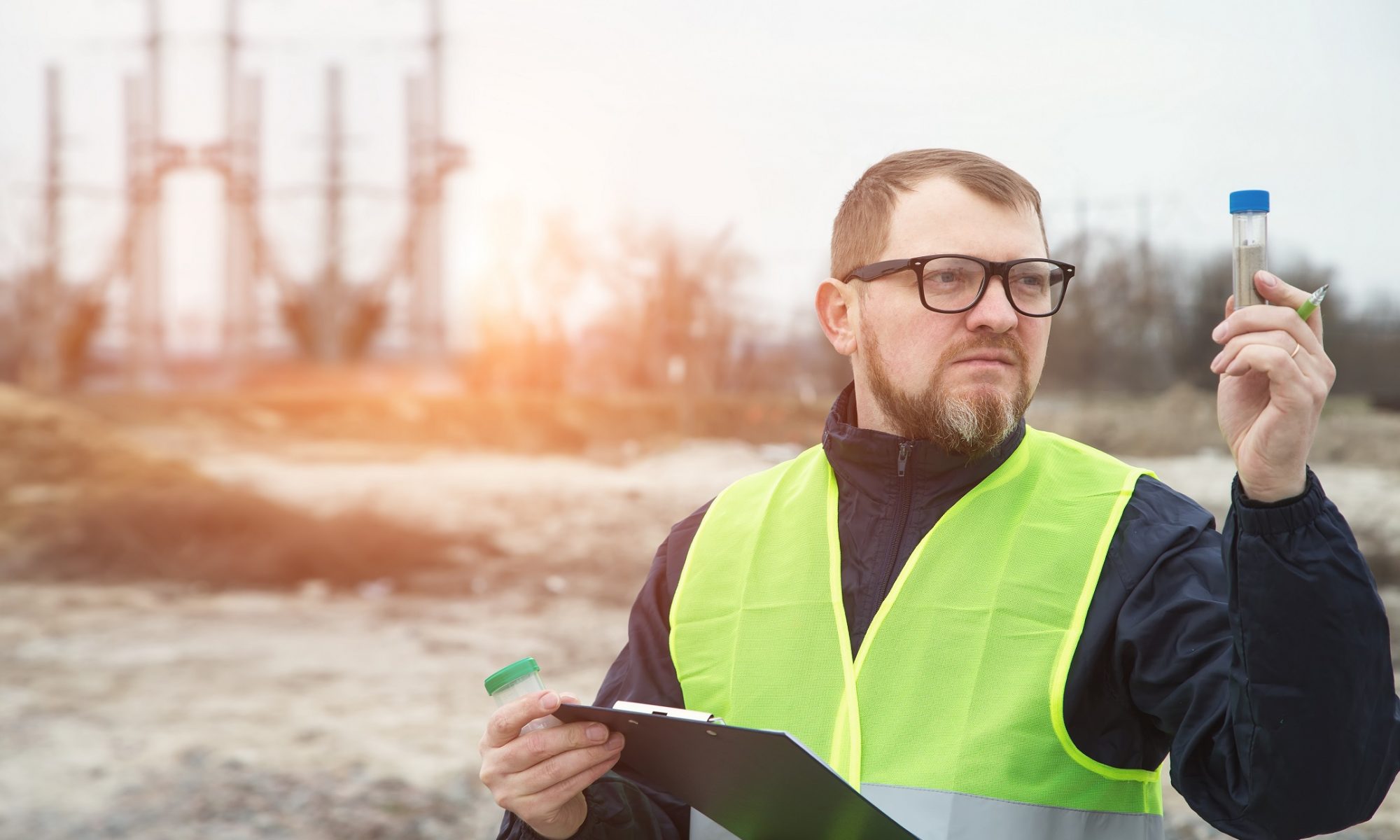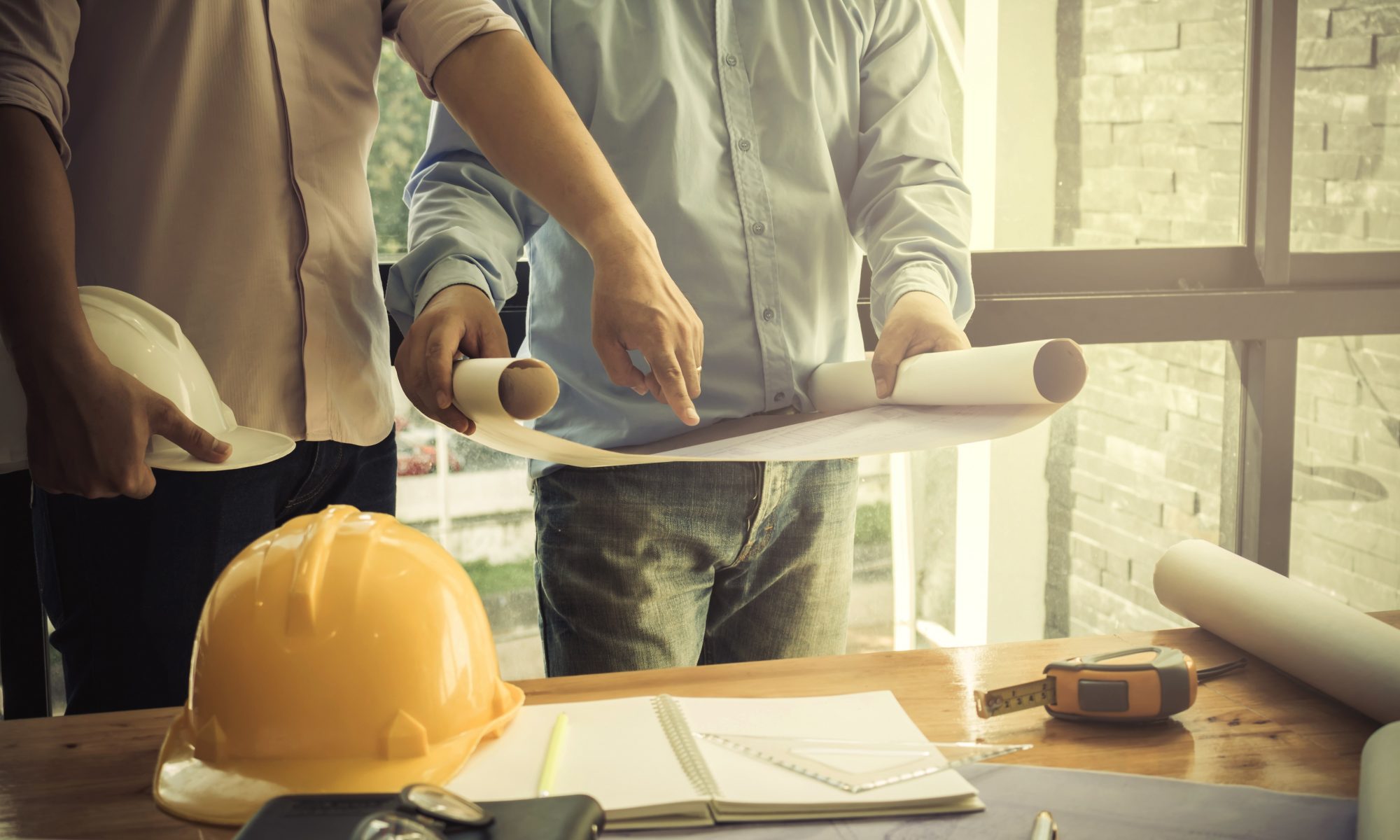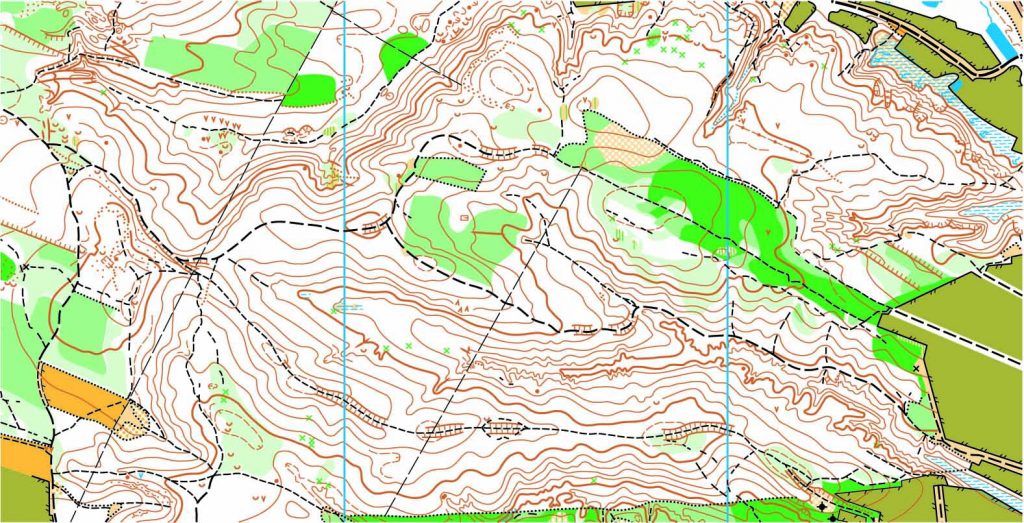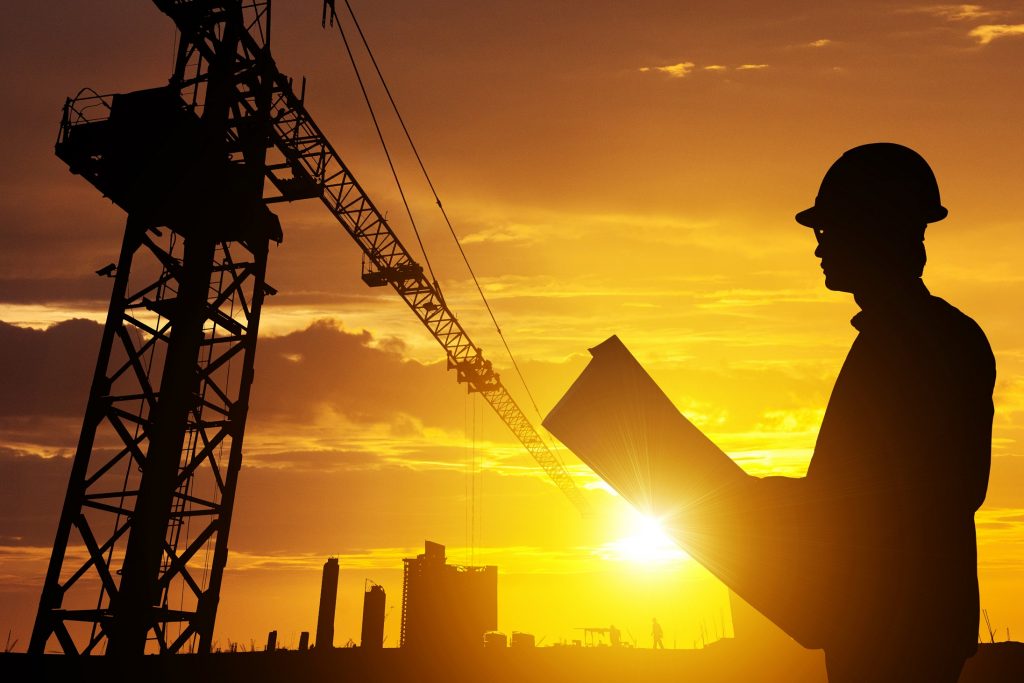Recognizing that federal legislation addressing the COVID-19 pandemic won’t be final until the Senate and House reach agreement, National Society of Professional Surveyors (NSPS) wants to share with members the information that is known from time to time. Below is a summary of the current situation provided by American Council of Engineering Companies (ACEC).
Business Tax Relief
- Deferral of payment of the employer portion of
the Social Security tax, with half due by December 31, 2021 and the other half
due by December 31, 2022.
- Allows net operating losses arising in 2018,
2019 and 2020 to be carried back for five years.
- Modifies the loss limitation applicable to
passthroughs and sole proprietors so they can utilize excess business losses
and access cash flow.
- Increases business interest deductibility from
30 to 50 percent for 2019 and 2020.
- Provides a refundable payroll tax credit for
employers whose operations are partially or fully suspended by a COVID-19
shutdown order or whose gross receipts declined by more than 50 percent
compared to the same quarter in the prior year.
- Provides a technical fix for the qualified
leasehold improvement provision in the TCJA.
Small Business Assistance
- Provides $562 million for Economic Injury
Disaster Loans (EIDL) to small businesses.
- The package also authorizes $350 billion worth
of 100 percent guaranteed SBA loans, a portion of which SBA will forgive based
on allowable expenses for the borrower.
- This small business package also includes $10
billion in direct grants for businesses that do not qualify for the EIDL
program, and $17 billion to have SBA step in and make six months of principle
and interest payments for all SBA backed business loans.
- Establishes the maximum 7(a) loan amount to $10
million through December 31, 2020 and provides a formula by which the loan
amount is tied to payroll costs incurred by the business to determine the size
of the loan.
- Note that 501 c(3) non-profits qualify for small
business assistance programs, not 501 c(6) entities; ACEC will work with ASAE
and other associations to address in the next package.
Individual Assistance
- The agreement provides direct payments to
individuals with incomes up to $75,000 ($150,000 for couples), $1,200 for each
adult ($2400 for couples), as well as $500 for each child.
- The bill would add $600 per person per week onto
the base maximum unemployment benefit for four months.
- The bill enables employers to provide a student
loan repayment benefit to employees on a tax-free basis, contributing up to
$5,250 annually toward an employee’s student loans, and such payment would be
excluded from the employee’s income. The $5,250 cap applies to both the new
student loan repayment benefit as well as other educational assistance (e.g.,
tuition, fees, books) provided by the employer under current law. The provision
applies to any student loan payments made by an employer on behalf of an
employee after date of enactment and before January 1, 2021. Note that this provision is based on
legislation that ACEC has advocated for to Congress as part of the Council’s
workforce agenda.
Transportation
- $25 billion for mass transit systems
- Available for operating expenses to prevent,
prepare for, and respond to COVID-19, and reimbursement for lost revenue
- Distributed under current transit program
formulas
- $10 billion for airports
- $7.4 billion available for any purpose,
distributed 50/50 by number of enplanements and ratio of overall debt service
- $2 billion for AIP formula grants, available for
any purpose
- $500 million to cover the 100% federal cost
share of FY20 programs
- $1 billion for passenger rail
- $492 million for Amtrak Northeast Corridor, to
prevent, prepare for, and respond to COVID-19
State Assistance – Provides $150 billion to States,
Territories, and Tribal governments to use for expenditures incurred due to the
public health emergency with respect to COVID-19 in the face of revenue declines,
allocated by population proportions, with a minimum of $1.25 billion for states
with relatively small populations.
Community Development Block Grant – $5 billion is
provided for the Community Development Block Grant (CDBG) program to enable
nearly 1,240 states, counties, and cities to rapidly respond to COVID-19 and
the economic and housing impacts caused by it, including the expansion of
community health facilities, child care centers, food banks, and senior
services.
Treasury’s Exchange Stabilization Fund — Provides
$500 billion for loans, loan guarantees, and other investments, distributed as
follows:
$25 billion for passenger air carriers, eligible businesses that are certified under part 145 of title 15, Code of Federal Regulations, and approved to perform inspection, repair, replace, or overhaul services, and ticket agents
$4 billion for cargo air carriers
$17 billion for businesses important to maintaining national security
$454 billion, as well as any amounts available but not used for direct lending, for loans, loan guarantees, and investments in support of the Federal Reserve’s lending facilities to eligible businesses, states, and municipalities. Federal Reserve 13(3) lending is a critical tool that can be used in times of crisis to help mitigate extraordinary pressure in financial markets that would otherwise have severe adverse consequences for households, businesses, and the U.S. economy.
To find out more about COVID-19, please contact us at (800) CALVADA or visit www.calvada.com.
Calvada proudly serves Corona and all surrounding areas.





